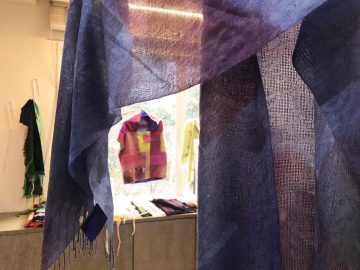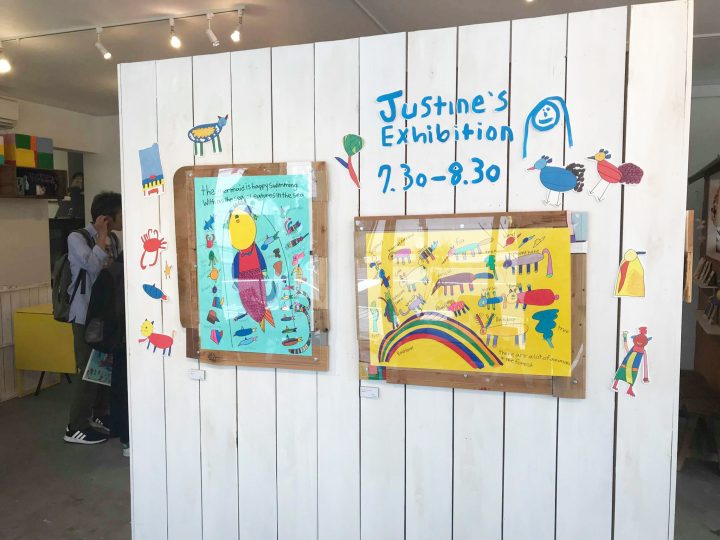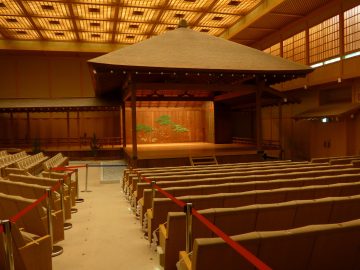Connecting the history of the old Tokaido to the future: "Fujisawa Past and Present - Downtown Art Tour 2016"
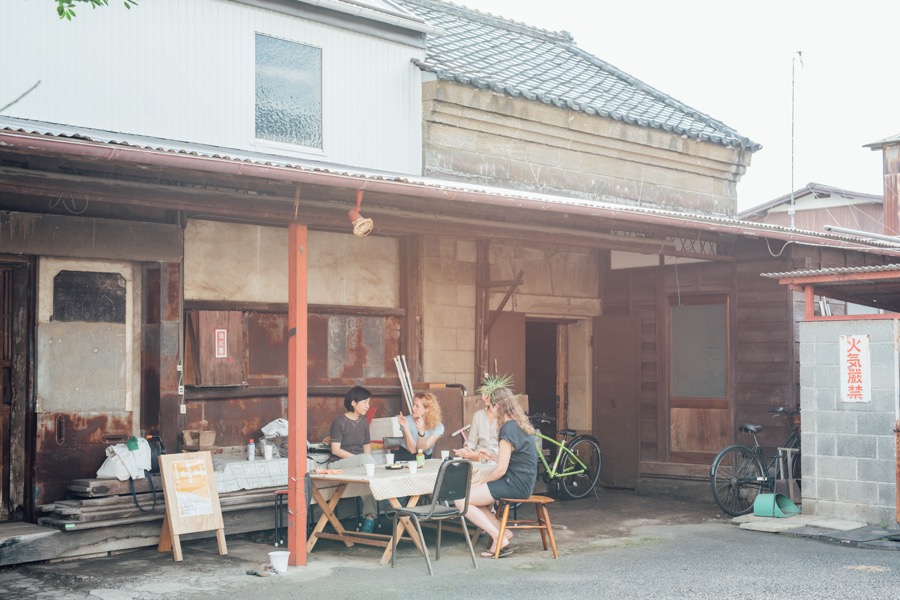
First, cleaning
—Please tell us how the Fujisawa Then and Now/City Art Tour came about.
Ito : The four founders, including myself and Sasaki, each graduated from an art university and participated in solo exhibitions and artist-in-residence programs. When we were young, we were mostly active in Tokyo and Yokohama, but looking back at our hometown, we felt that it was becoming hollowed out. Fujisawa City did not originally have a museum or art gallery, so when we were looking for a place to create such activities, we came across the remains of the Edo period post town and the Sengoku period, Kamakura period, and Heian period before that, and thought that we could preserve and utilize the historical heritage of this area, which was the foundation of the city of Fujisawa and a place where people gathered from early on, through art.
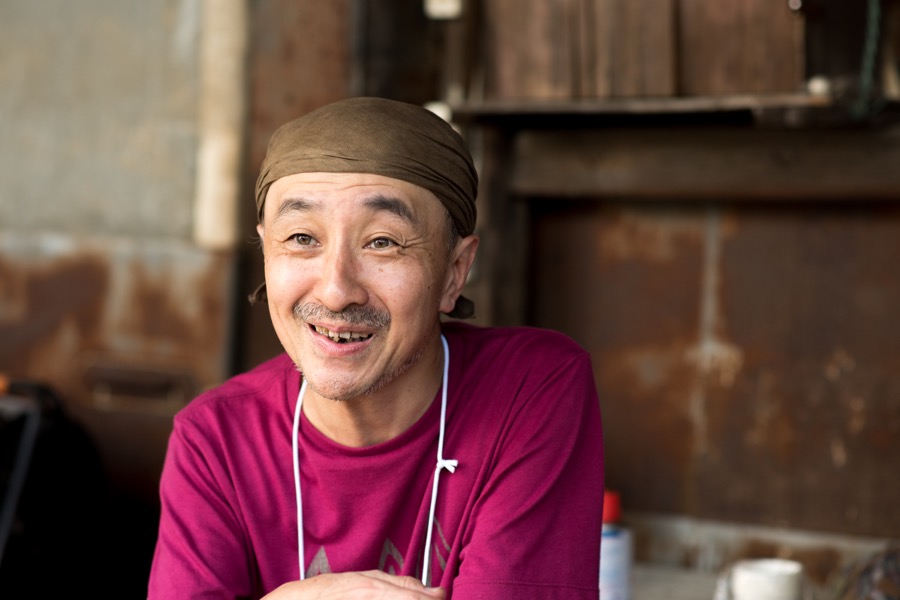 Naoaki Ito, representative of the Fujisawa Past and Present Machinaka Art Executive Committee
Naoaki Ito, representative of the Fujisawa Past and Present Machinaka Art Executive CommitteeIt all started with Inamotoya, a kimono shop, which is also one of the venues this time. It is a major store representing Fujisawa-juku, and Emperor Meiji once stayed there on his imperial visits, and there is a monument on the hill to the south to commemorate this. Two gardens and storehouses remain, and with the understanding of the owners, we started the "Fujisawa Then and Now - Art Tour of the City Center" in 2010 with them and several galleries. Next, in 2011, we opened the former Kamata Shoten, which had been mainly used for selling Japanese paper since the early Showa period, and in 2012, Sekiji Shoten and Arita family, which had been rice fertilizer merchants since the early Meiji period, and the former Ishisone Shoten in 2014. In this way, we have gradually gained understanding.
Since our second year, we have been receiving a lot of support from Professor Asae Ozawa of Tokai University, who has conducted numerous surveys of Japanese architecture, so it was easier to gain understanding in a place where he is involved.
Up until last year, we also held exhibitions outdoors, at places such as Shirahata Shrine, Yugyoji Temple, Benkeizuka owned by Jokouji Temple, and the forest where the Horiuchi family gravesite is located, which dates back to the Sengoku period.
—It seems like even locals didn't know about this place until now.
Ito : The sea side of Tsujido, where I have lived for many years, was a relatively new area, consisting of nothing but pine forests and fields in 1955-65, and there are not many historical remains. On the other hand, if you turn your attention to Fujisawa-juku, you will find that there is a lot here, but although a general survey had been carried out in the past, most of it was not utilized and the public access was limited. Recently, townscape preservation districts have been established, and more areas are being surveyed again. Inamotoya was finally registered as a national tangible cultural property last year, and Sekiji this year. When we open the exhibition during the period, it is not uncommon for people who have recently moved into an apartment in the area to learn for the first time that such a place exists here.
Sasaki : Gradually, I began to develop an eye for historical buildings such as storehouses and temples and shrines, or a perspective like that.
Ito : It does change your perspective. Since I started this event, I obtained the qualification of Kanagawa Prefecture Heritage Manager in 2012, and gained experience in coming up with ideas for utilizing these ruins and managing them.
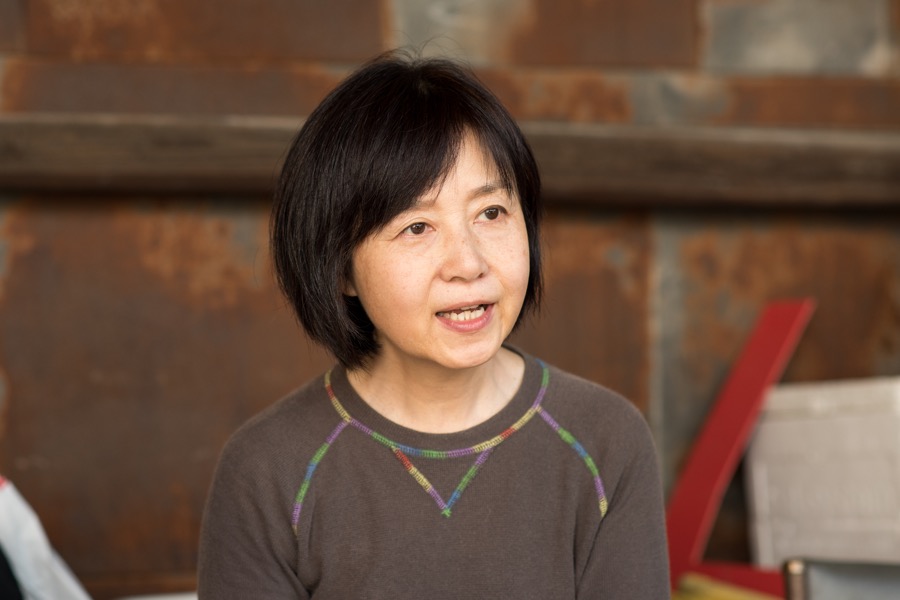 Kaoru Sasaki, Vice-chair of the Executive Committee
Kaoru Sasaki, Vice-chair of the Executive CommitteeWhat was the condition of the venue's building?
Ito : Depending on the location, the initial cleaning was quite difficult.
Sasaki : Once it was decided who would be exhibiting, we all started by putting on masks, taking brooms, and cleaning until we were completely black.
Ito : There were even artists who turned it into a work of art.
Sasaki : As long as we are allowed to use it, we will maintain it and try to leave it cleaner than before when we leave.
Works born from continuous engagement
—How do you decide who will participate and what the exhibit will contain?
Ito : It's not enough to just bring your work to a museum or gallery and hang it there, so we've been gathering local friends who understand and support this kind of activity. We have members from Chigasaki, Kamakura, and Sakae Ward in Yokohama.
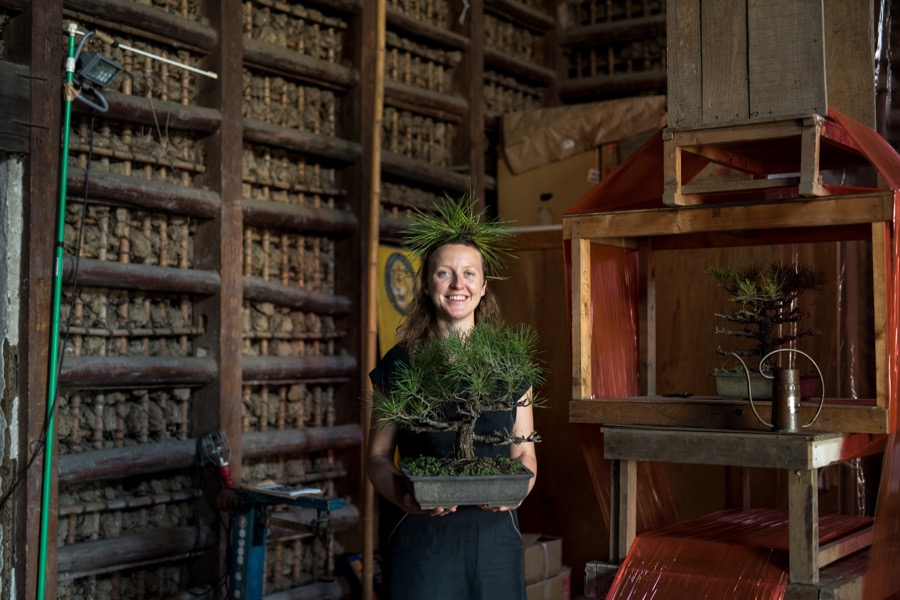 Asnate Bočkis, an artist from Latvia, focuses on pine trees as a commonality between Japan and Latvia.
Asnate Bočkis, an artist from Latvia, focuses on pine trees as a commonality between Japan and Latvia.Many of the works are directly or indirectly influenced by the history, culture, and environment of the region, but this is left to the individual artists. Some artists bring out their ongoing themes in a way that matches the theme of the exhibition, and three years ago an artist exhibited at Ishisone Shoten, a former footwear store, chose words related to footwear in Japan as his theme, while I incorporated yellow, the color of the flags of warlords in the Sengoku period, into my installation.
This year, Hisaya Ito's work on display at the Arita family home involves the head of the family, Mr. Arita, pickling umeboshi every year, and allows visitors to make umeboshi together with him, record the process, and even taste the umeboshi.
Shinji Murakami is a photography artist, and he is taking photographs along the route from Muryokoji Temple in Sagamihara City, where his predecessor lived, to Seijokoji Temple (Yugyo-ji Temple), founded by the fourth generation Yugyo priest of the Jishu sect. During the exhibition, slideshows will be shown and guerrilla-style projections will be made on the streets.
When you hold an exhibition continuously, you may notice something interesting for next year. Sasaki exhibited at the same place last year, but this time it is an extension of that series.
Sasaki : After doing it a few times, you can get a vague idea of where you want to do it and how you want to do it. In fact, many artists create works that are suited to the location.
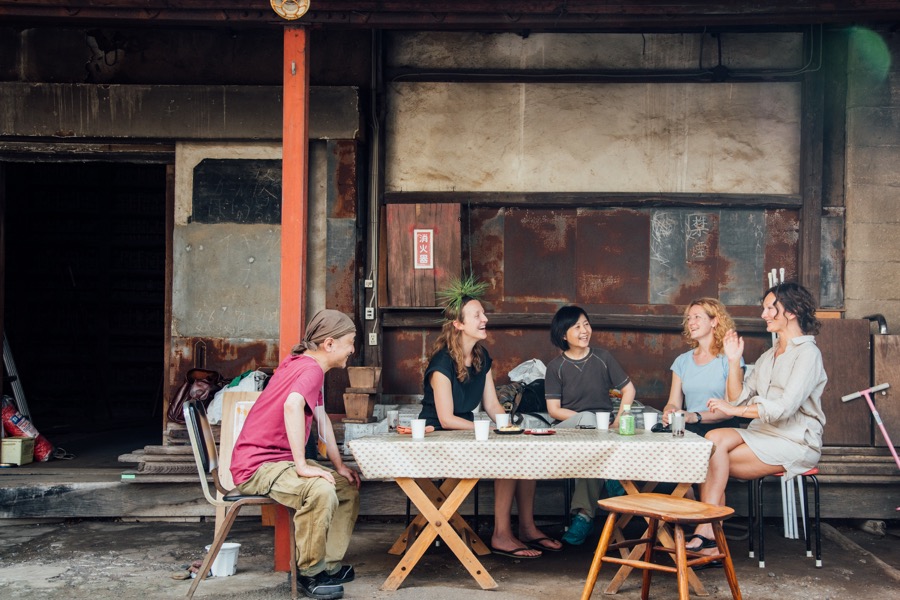 At Sekiji Shoten, you can take a break and enjoy some treats from the owner.
At Sekiji Shoten, you can take a break and enjoy some treats from the owner.Reexamining the status quo through intercultural exchange
—What are some highlights for this year?
Ito : Three artists from the Republic of Latvia came and performed an artist-in-residence program, which was the biggest feature of this year. I would like you to see their work. Also, in the latter half of the event, from the 22nd onwards, you can see the lights lit up for about two hours in the evening. The lights have been on since 2013, but since last year, they have been enhanced thanks to artist Masayuki Fushimi, who usually works on landscape lighting as part of a team called the Wright Brothers. This year, he has exhibited a video work in the outer storehouse on the south side of Inamotoya.
On the 22nd, the first day of the light-up, we will gather at the newly built Fujisawa Communication Center and walk around each venue from around 5:30 pm. As much as possible, the artists will be at the venues to give short artist talks and explain the buildings.
Sasaki : You can come and walk around by yourself using the map on the flyer, and there will be someone at the venue. If you collect stamps at each venue, you can receive handmade goods by the artists.
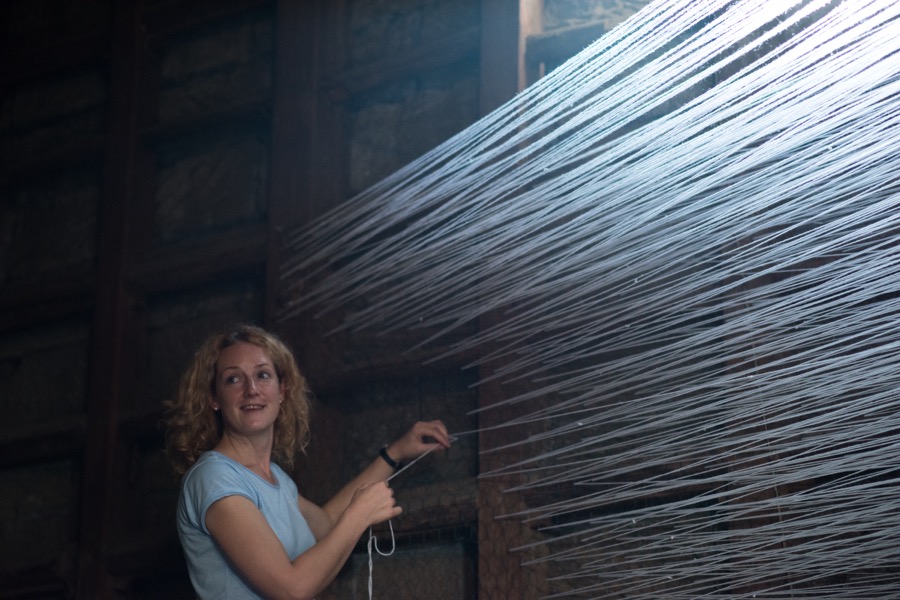 Laura Feldberga, who coordinated the Latvian artists for this event, said,
Laura Feldberga, who coordinated the Latvian artists for this event, said,Exhibiting works with the theme of collecting light
—How did your relationship with Latvia begin?
Sasaki : When I participated in the residency program for the "International Outdoor Expressions Exhibition" held in Hiki-gun, Saitama Prefecture in 2006 and 2007, many foreign artists were there, and I talked with Laura, who is also participating this time, and we got along very well. She has a wealth of experience and skill, and her father is a sculptor who is involved in a residency program in Latvia.
Ito : She came for two years in a row, and we showed her around galleries in Tokyo together, and we kept in touch after that. When we were getting on track, I asked her, and she participated for the first time two years ago. In addition to her, a Swedish artist also participated the year before last. Before that, we invited a French artist with whom we had connections, but Latvia is not well known in Japan, and when you look into it, you realize there is a lot to learn.
After gaining independence from the Russian Empire in 1918 after the First World War, it was later incorporated into the Soviet Union, and was re-independent in 1990. Throughout this history, the country has maintained its own handicrafts and rich natural environment. In addition, the Old Town of the capital, Riga, is registered as a World Heritage Site. There are hardships, but there are also places where you can feel its unique culture and wisdom. Japan may have a strong image as an economic superpower, but learning about different cultures through these activities may also be meaningful in terms of reexamining our own footing, our way of walking, and our way of doing things, as the population ages and declines.
Last year, we did not have a residency, but this year, we entrusted Laura with the selection of Latvian representatives. During the preparation period, we also had the Deputy Chief of Mission of the Republic of Latvia in Japan visit us from the Embassy of Japan.
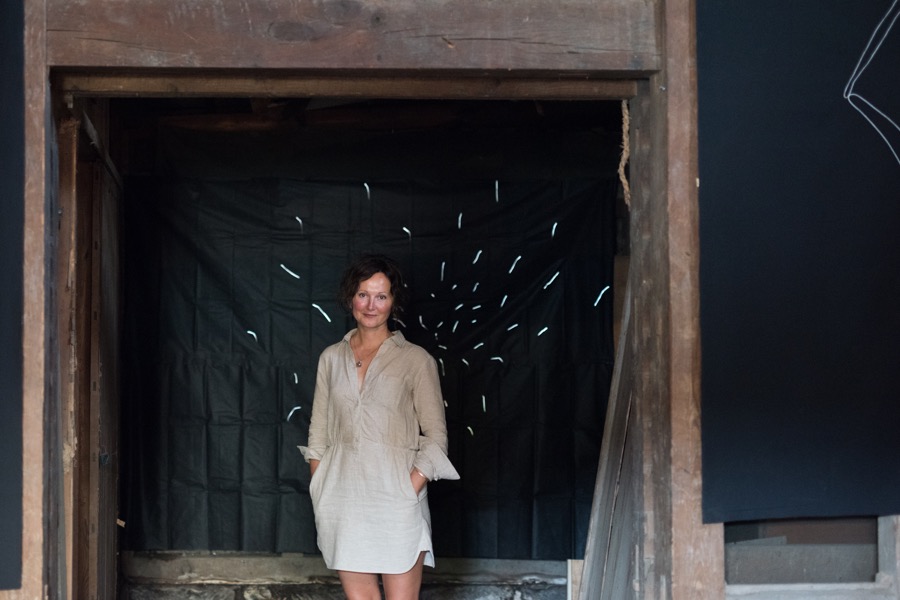 Eva Mauritius exhibits works themed around love of nature and permanence.
Eva Mauritius exhibits works themed around love of nature and permanence.Sasaki : They really want the children to know at least a little about Latvia, so when I ask them to show them the location of the country on a map, or to tell them about the food and culture of the country, they are very enthusiastic.
Ito : I have never visited Latvia, so next time I'd like to go and do some residency there.
